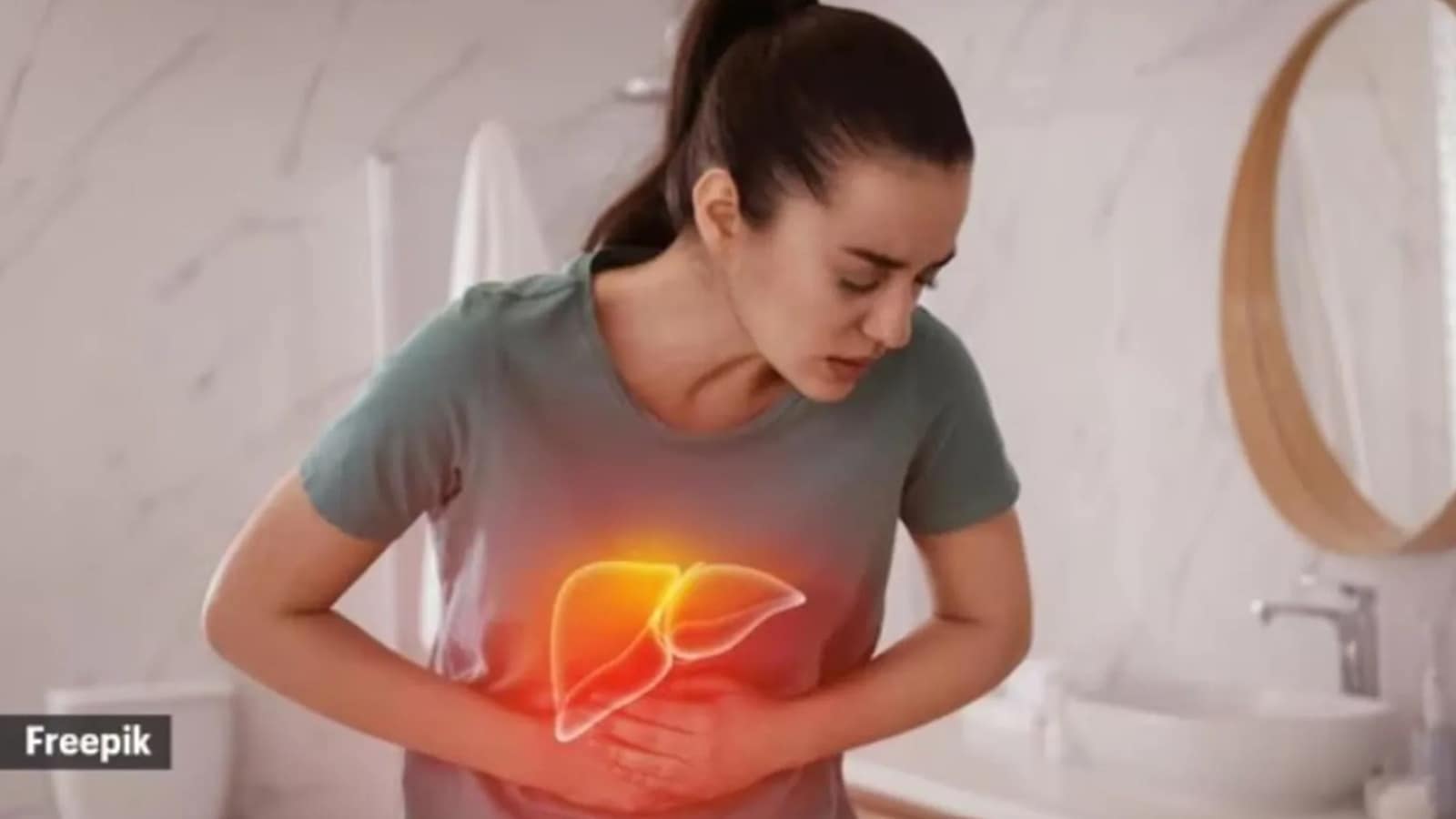 |
|
The recent announcement by popular TV actor Dipika Kakar regarding her stage 2 liver cancer diagnosis has brought the spotlight onto the increasing prevalence of liver-related ailments among young women. Kakar, known for her roles in Indian television dramas, shared her emotional journey on social media, detailing the intense stomach pain that led to the discovery of a significant tumor in her liver. This revelation serves as a stark reminder of the potential health challenges faced by individuals, regardless of their age or public profile. The article delves into the specifics of stage 2 liver cancer, its treatment options, and, most importantly, the risk factors contributing to its development in young women. This comprehensive overview aims to educate readers about the disease, promote awareness of potential triggers, and emphasize the importance of preventative measures and early detection.
Stage 2 liver cancer is characterized by either a single tumor larger than 2 cm that has invaded blood vessels or multiple tumors smaller than 5 cm. Critically, at this stage, the cancer has not yet spread to the lymph nodes or other distant parts of the body. This localized nature of the disease at stage 2 offers a higher chance of successful treatment, often involving surgical removal of the tumor. Dr. Sachin Trivedi, a leading oncologist, emphasizes the importance of post-surgery protocols to minimize the risk of relapse or spread. He highlights the role of genomic testing of the surgically removed tissue, which provides invaluable insights into the cancer's behavior, its responsiveness to various treatments, and the likelihood of recurrence. This information guides the development of a personalized, multimodal treatment plan incorporating targeted therapies, immunotherapy, chemotherapy, and radiotherapy, tailored to the individual patient's needs. Furthermore, advancements in blood tests enable the detection of circulating tumor cells, allowing for early intervention to prevent the cancer from spreading to the bloodstream. This proactive approach underscores the evolving landscape of cancer treatment, focusing on individualized strategies to maximize the chances of long-term remission.
Several factors contribute to the rising incidence of liver tumors and cancers in young women. One of the most significant is the increasing prevalence of non-alcoholic fatty liver disease (NAFLD). Dr. Minish Jain points out that NAFLD is often linked to obesity, poor dietary habits, and a sedentary lifestyle, all of which are increasingly common among young people. The insidious nature of NAFLD lies in its often asymptomatic progression. The liver, with its remarkable regenerative capacity, continues to function normally until the damage becomes extensive. This delayed recognition often leads to the disease progressing to a more serious stage of scarring and damage, known as cirrhosis, which significantly elevates the risk of liver cancer. The lack of early symptoms makes regular screening and awareness of risk factors crucial for early detection and intervention.
Hormonal factors also play a significant role in the development of liver tumors in women. Long-term use of birth control pills has been associated with the formation of benign liver tumors called hepatic adenomas. While often benign, these adenomas can sometimes grow to a considerable size or, in some cases, undergo malignant transformation, leading to cancer. Autoimmune liver diseases, such as autoimmune hepatitis, are more prevalent in women and can cause chronic liver inflammation and damage, thereby increasing the risk of cancer over time. Furthermore, previous infections with hepatitis B or C viruses, often contracted earlier in life without knowledge, can remain dormant in the body for years, slowly damaging the liver and eventually leading to cancer in adulthood. These viral infections can be silent killers, highlighting the importance of screening and vaccination programs.
Environmental factors also contribute to liver damage and the risk of cancer. Exposure to aflatoxins, toxins produced by fungi that can contaminate food, can cause liver damage over time. The use of certain herbal supplements, often perceived as natural and safe, can also have adverse effects on the liver. It is crucial to be mindful of the potential risks associated with these substances and to consult with healthcare professionals before using them. The article emphasizes the importance of preventative measures and early detection. Regular assessment of liver health, particularly for individuals with known risk factors such as family history, diabetes, obesity, hepatitis B or C infection, smoking, or excessive alcohol consumption, is paramount. Dr. Trivedi recommends undergoing liver function tests, ultrasound scans, and fibroscans every six to twelve months, depending on the individual's risk profile and test results. These screenings can help detect early signs of liver damage and allow for timely intervention to prevent the progression to more serious conditions.
In conclusion, Dipika Kakar's diagnosis serves as a powerful reminder of the importance of proactive health management and awareness of risk factors for liver cancer, particularly in young women. The interplay of lifestyle choices, hormonal factors, viral infections, and environmental exposures contributes to the rising incidence of liver-related ailments. Early detection through regular screening and lifestyle modifications, such as maintaining a healthy weight, adopting a balanced diet, and engaging in regular physical activity, are crucial for mitigating the risk of developing liver cancer. Furthermore, awareness of the potential risks associated with birth control pills, herbal supplements, and exposure to environmental toxins is essential. By understanding these factors and taking proactive steps to protect liver health, individuals can significantly reduce their risk and improve their overall well-being. The story also highlights the importance of continuous research and development of innovative treatment strategies, including targeted therapies and immunotherapy, to improve the outcomes for patients diagnosed with liver cancer. Finally, it underscores the power of open communication and support networks for individuals navigating cancer diagnoses, as exemplified by Dipika Kakar's decision to share her journey with the public.
Source: Actor Dipika Kakar reveals she has stage 2 liver cancer: What are risk factors for young women?
